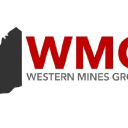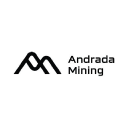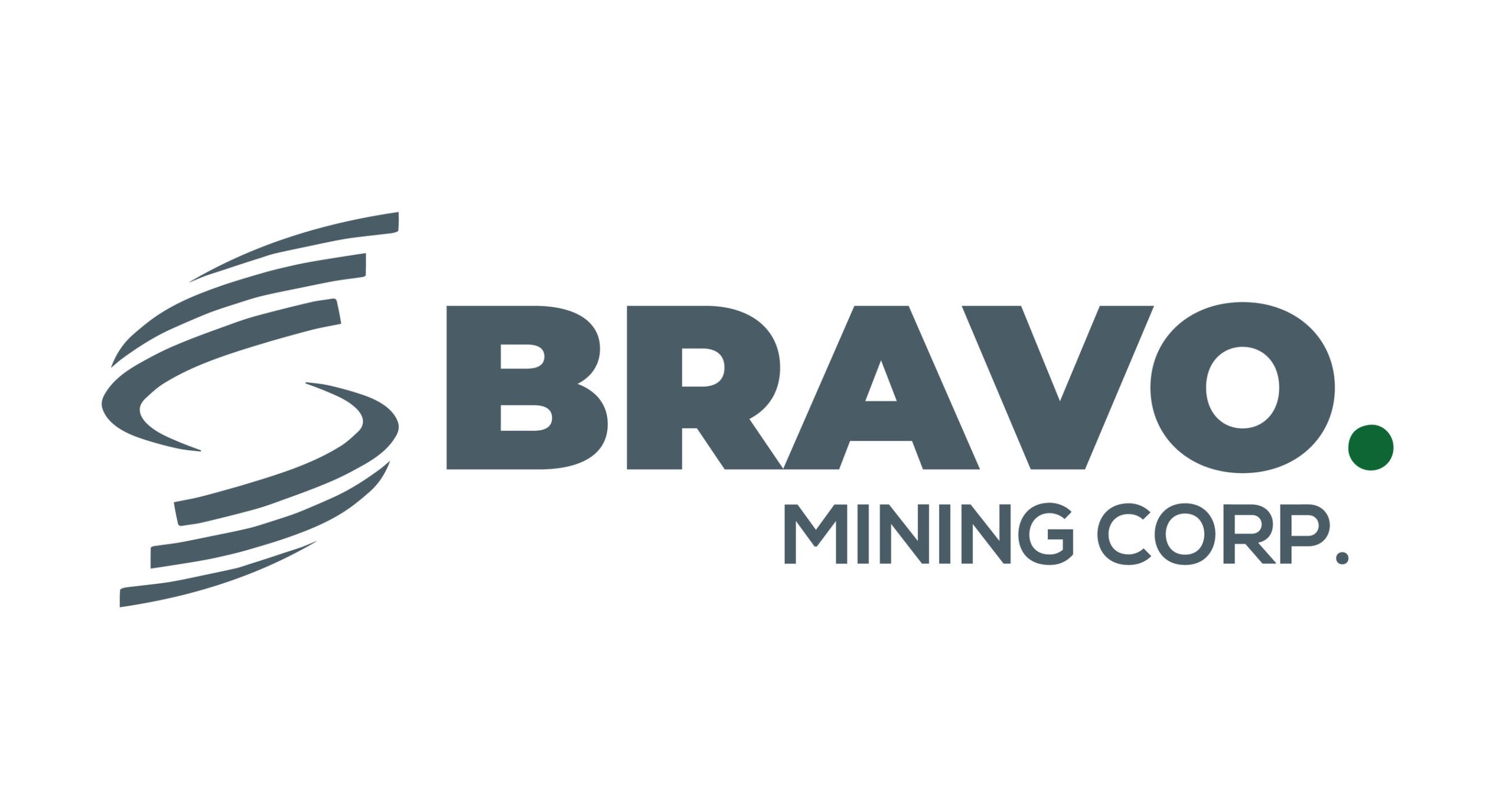Exponential EV Adoption Growth Outpacing Mine Timelines Builds Investing and Regulatory Pressure

Critical minerals sector offers compelling investment opportunity driven by EV adoption, AI data centers, and supply chain security concerns creating value.
- The critical minerals sector represents a compelling investment opportunity driven by the global transition to clean energy, with structural supply-demand imbalances emerging as exponential electric vehicle adoption and renewable energy growth outpaces new mine development timelines of 7-15 years.
- Environmental regulations and carbon intensity requirements are creating tangible value premiums for Western producers, with European battery passport mandates for electric vehicles driving preferences toward low-carbon mining operations that typically achieve 40-60% lower CO2 intensity than traditional alternatives.
- Jurisdictional advantages have become increasingly important investment criteria, with projects in stable mining-friendly regions like Canada, Australia, and Brazil commanding premium valuations due to supply chain security concerns, established regulatory frameworks, and reduced geopolitical risks.
- Technology disruption is expanding demand beyond traditional automotive applications into high-growth sectors including AI data centers, grid storage systems, and semiconductor manufacturing, creating multiple revenue streams for diversified critical mineral portfolios and new market opportunities worth billions annually.
- Current market conditions present attractive entry valuations despite strong fundamental drivers, with many critical mineral companies trading at significant discounts to asset values while benefiting from multiple catalysts including government supply chain security initiatives, expanding infrastructure requirements, and accelerating clean energy adoption.
The critical minerals sector represents one of the most compelling investment opportunities of the decade, driven by the accelerating global transition to clean energy and the increasing recognition of supply chain security as a national priority. From electric vehicle batteries requiring nickel and rare earths to data centers demanding advanced thermal management materials, the fundamental demand drivers for critical minerals are reshaping entire industries.
The convergence of several factors—limited supply sources concentrated in geopolitically sensitive regions, exponential growth in clean energy applications, and substantial infrastructure requirements for the digital economy—has created a unique investment landscape where well-positioned critical mineral companies offer both defensive characteristics and explosive growth potential.
The Nickel Renaissance
Nickel stands at the epicenter of the battery metals revolution, with demand fundamentals that suggest a structural shift toward higher prices and improved margins for Western producers. The metal's critical role in lithium-ion batteries, combined with growing environmental regulations favoring low-carbon production, has created distinct advantages for sulfide deposits in stable jurisdictions.
Western Mines Group Managing Director Caedmon Marriott observed market conditions that suggest a fundamental shift:
"Buy when prices are low' I think is often the mantra. But yeah, I mean there's some commentators out there talking about a breakout. We've seen a very much a descending wedge in prices. We've been bumping along the bottom now at that pretty hard floor of $15,000 a ton."
This price floor reflects the reality that marginal producers globally are operating at break-even or loss-making levels, creating conditions for supply rationalization.
Western Mines' Mulga Tank project demonstrates the scale advantages that differentiate successful critical mineral investments. With 5.3 million tons of contained nickel across nearly 2 billion tons of resource, the project ranks among the world's top 10 nickel deposits. Recent drilling has identified 91 occurrences of massive sulfide evidence, suggesting potential for what Marriott describes as a "perseverance-style" deposit of 50 million tons at 2% nickel at depth, which would dramatically enhance development economics.
Interview with Caedmon Marriott, MD of Western Mines
Similarly, Canada Nickel, through its systematic development of the Timmins Nickel District, emphasized the significance of resource expansion:
"We have now published six of nine resources with over 9.2 million tonnes of Measured and Indicated nickel and 9.5 million tonnes of Inferred nickel." - CEO Mark Selby
The company's methodical approach has validated what Selby characterizes as district-scale potential, noting that the size and scale of the Mann West and Mann Central resource, is significantly larger than the initial Crawford resource, validating the potential of the Timmins Nickel District.
This district-scale approach provides significant competitive advantages through shared infrastructure development, operational synergies, and economies of scale that become increasingly valuable as projects advance toward production. The Canadian jurisdiction offers additional benefits in terms of political stability, established regulatory frameworks, and access to capital markets—factors that are becoming increasingly important as supply chain security concerns influence sourcing decisions.
Graphite, Tin - Strategic Materials for Technology
The critical minerals opportunity extends well beyond traditional battery applications into emerging technology sectors with exponential growth potential. The market opportunity is substantial, with the heat sink market for data centers valued at $17 billion in 2023, representing just one segment of the broader thermal management industry. The dramatic expansion in artificial intelligence computing provides compelling growth drivers, with Nvidia's chip sales to data centers growing from approximately $4 billion in 2023 to over $40 billion in 2024.
Green Critical Minerals (GCM) exemplifies this diversification through its acquisition of Very High Density graphite technology targeting thermal management applications in data centers and high-performance computing. Managing Director Clinton Booth explained the technology's competitive advantages:
"The real beauty of the technology is that pyrolytic graphite is a very specialized manufacturing process. Ours is a very simple mass marketing manufacturing process."
Computational modeling has demonstrated that VHD technology can handle 300W of power demand compared to 200W for copper and aluminum heat sinks of identical design, representing a 50% performance improvement. Booth emphasized the scalability advantages:
"Between the current planning we've done and the investigations we've looked at, we could do a 6-8x increase of our production capacity within 3 to 6 months."
This rapid scalability, combined with the company's modular manufacturing approach requiring approximately $500,000 per production module, provides significant optionality as demand materializes.
Interview with Clinton Booth, MD of Critical Green Minerals
The tin market represents another compelling critical minerals opportunity, driven by the metal's transformation from traditional applications to essential roles in electronics, semiconductors, and renewable energy infrastructure. Andrada Mining's recent agreement securing high-grade tin feedstock demonstrates how strategic partnerships can accelerate development, enhance project economics and emphasized tin's evolving strategic importance:
"It is encouraging to see tin increasingly acknowledged as a critical mineral by global economies such as the USA, Canada and the UK. This shift reflects tin's transformation from being a traditional alloying mineral to being a key enabler in the electrical and energy transition value chains, particularly in soldering, semiconductors and renewable infrastructure." - Andrada Mining CEO, Anthony Viljoen
The Goantagab deposit, with historical resources exceeding two million tonnes at 0.95% tin grade and high-grade zones up to 1.75%, provides Andrada with up to 240,000 tonnes annually of high-grade ore. Viljoen noted the strategic positioning based on historical resource data and independent assessments, the Goantagab deposit has the potential to be comparative to other high-grade occurrences of tin globally.
Brazil: Becoming Rare Earths and PGM Prime Root
ValOre Metals' Brazilian Pedra Branca project showcases the potential for platinum group elements in stable jurisdictions. Recent drilling results including 10.0 meters at 12.95 g/t platinum-palladium-gold from surface demonstrate the high-grade nature of the mineralization.
In the company update, VP of Exploration Thiago Diniz highlighted the project's development potential:
"The results from this Trado auger drilling infill campaign have enhanced grade control and confirmed consistent, near-surface high-grade PGE mineralization over more than a kilometre and will be key for future modeling and updated resource estimates."
Additionally, CEO Jim Paterson emphasized the company's dual strategy:
"We continue to pursue acquisitions of high-quality gold exploration and development projects in Brazil. At the same time, the development of our flagship Pedra Branca platinum and palladium project remains a top priority."
Brazil is also home to Bravo Mining's multi-million ounce PGM+Au+Ni Luanga Project resource with 17-year potential open-pit large-scale extraction with a total measured and indicated resource of 9.8 Moz of PdEq, and inferred resources of 4.3 Moz of PdEq. The project enefits from excellent infrastructure with access to low-cost hydropower, power lines, sealed roads, rail, water, skilled labour and industry service providers.
These project scales and diverse mix of critical commodities are well aligned with Brazil’s strategy in fostering sustainable supply of strategic minerals in the country.
The Green Premium: Environmental Regulations Drive Value
Environmental considerations are increasingly creating tangible value premiums for Western critical mineral producers. European battery passport requirements for electric vehicles mandate detailed carbon accounting, with nickel representing 30-35% of an electric vehicle's entire carbon budget. This regulatory framework creates structural advantages for low-carbon producers that extend beyond environmental compliance to encompass supply chain security and geopolitical risk management.
Marriott highlighted the strategic positioning this creates: "
If you can be a western world sulfide producer which is always going to come in towards the bottom end of the cost curve and CO2 intensity curves and all that sort of good green nickel stuff, then there is structural headroom for you to make a margin for the life of your project."
The Indonesian nickel industry's challenges further reinforce these advantages. Previously dominant due to low-cost lateritic production, Indonesian producers are experiencing increased regulatory pressure and cost inflation. The Indonesian government has implemented measures limiting ore supply and discussing increased royalty rates, while the natural progression toward lower-grade deposits as higher-grade resources are depleted suggests structurally higher production costs over time.
The Investment Thesis for Battery Metals
- Supply-Demand Imbalance: Structural deficits emerging across key battery metals due to exponential EV adoption growth outpacing new mine development timelines of 7-15 years, creating pricing power for existing and near-term producers
- Jurisdictional Premium: Western-based projects commanding increasing valuations due to supply chain security concerns and ESG requirements, with Canadian and Australian assets particularly favored by institutional investors and OEMs
- Technology Disruption: Next-generation applications in AI data centers, grid storage, and semiconductor manufacturing driving demand beyond traditional automotive applications, creating multiple revenue streams for diversified critical mineral portfolios
- Green Premium Realization: Carbon intensity regulations and battery passport requirements creating tangible pricing advantages for low-carbon producers, with sulfide deposits typically 40-60% lower CO2 intensity than lateritic alternatives
- Capital Efficiency: Modular development strategies and partnerships enabling rapid capacity scaling with limited capital requirements, exemplified by GCM's $500K per module approach achieving 6-8x capacity increases within months
- Resource Quality: Focus on high-grade, near-surface deposits in established mining districts providing lower development costs, reduced technical risk, and faster paths to production compared to greenfield developments
- Strategic Partnerships: Joint ventures and supply agreements with technology companies and OEMs providing validation, funding, and secured offtake arrangements that de-risk development and enhance project economics
Market Timing and Investment Considerations
The critical minerals sector currently presents attractive entry valuations despite strong fundamental drivers. Many companies are trading at significant discounts to their asset values, creating opportunities for investors willing to take longer-term positions ahead of supply-demand rebalancing.
The sector benefits from multiple catalysts including continued electric vehicle adoption, expanding renewable energy infrastructure, growing data center requirements, and increasing government focus on supply chain security. These demand drivers are supported by supply constraints in key materials and the extended development timelines required to bring new production online.
Jurisdictional advantages are becoming increasingly important, with investors showing clear preferences for projects in stable, mining-friendly regions. The combination of political stability, established regulatory frameworks, and access to capital markets provides significant competitive advantages for North American, Australian, and select other Western jurisdiction projects.
Companies with high-quality assets in stable jurisdictions, experienced management teams, and clear development pathways are positioned to capture significant value as supply-demand fundamentals continue improving. The sector's current distressed valuations mask underlying strength in demand fundamentals and emerging supply constraints that should drive substantial appreciation over the medium term. Investors should focus on companies with proven resources, jurisdictional advantages, and strategic positioning in high-growth application areas while maintaining diversification across the critical minerals spectrum to capture the full scope of this transformational opportunity.
Analyst's Notes




Subscribe to Our Channel
Stay Informed


































